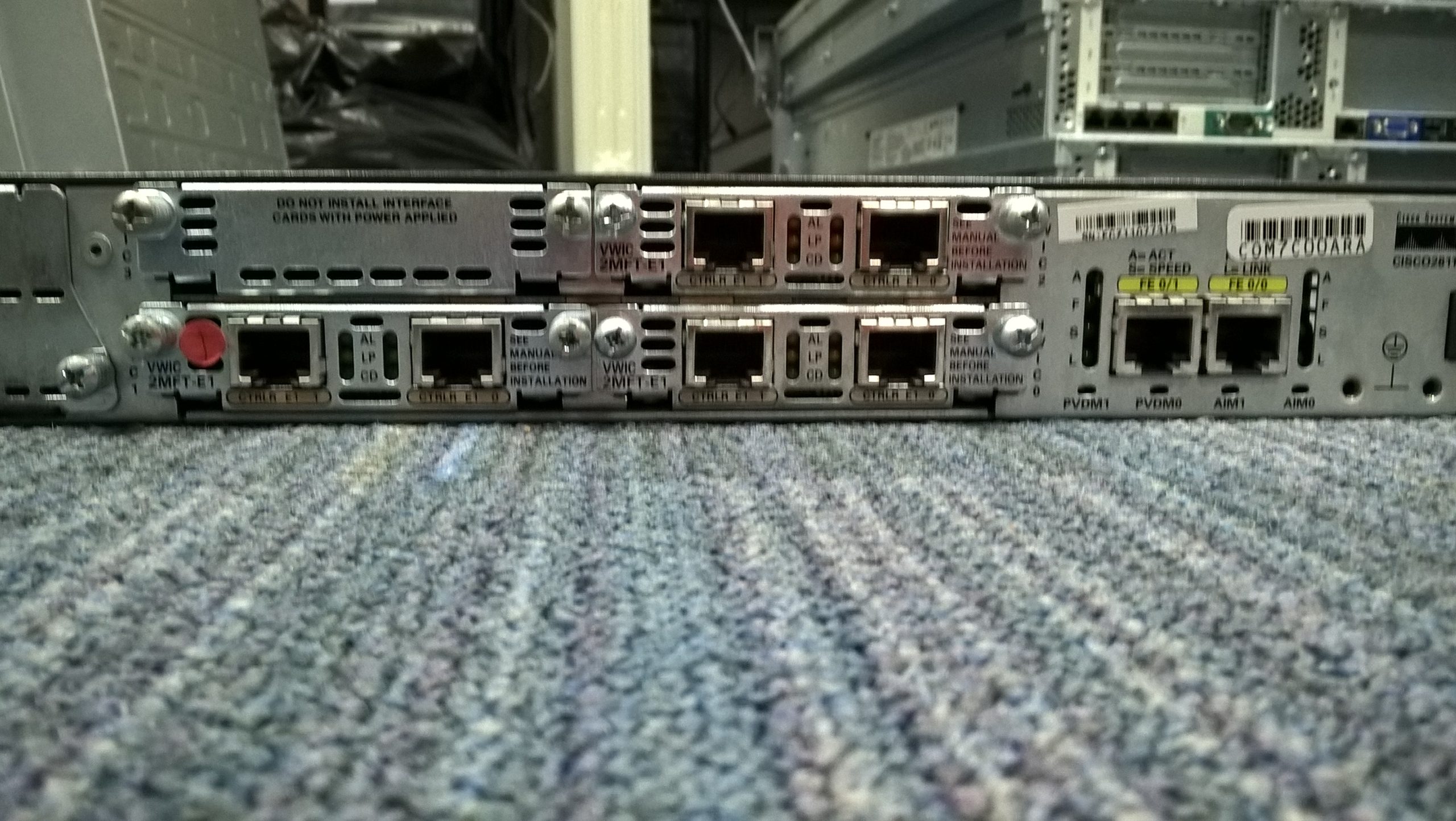Protecting Your USB: Navigating Threats and Ensuring Safety
Connecting a USB drive to your computer should be a straightforward process, but sometimes it can lead to unexpected complications, especially when faced with malware or virus threats. Recently, I encountered a distressing situation that serves as a cautionary tale for anyone who frequently uses USB devices.
Upon inserting my USB drive into my computer, I noticed that it took quite a while to respond when I attempted to access my files. Distracted by other tasks, I continued working until Windows Defender alerted me to a severe threat linked to my USB drive (designated as drive E). This was disconcerting, as I had previously used this USB at my school’s computer lab without issue—albeit with a different problem. That incident resulted in my files being converted and hidden in an unfamiliar format, which was resolved through some command-line interventions.
What made this situation more concerning was the fact that I had recently borrowed the USB back from friends who were using it for printing. I put my trust in them, believing they wouldn’t unwittingly infect the drive. However, I couldn’t dismiss the possibility that the school computers were not adequately protected against malicious software, raising concerns about the potential exposure to harmful code every time a USB device is connected.
In light of this alarming incident, I immediately disconnected my Wi-Fi dongle, prioritizing my system’s safety until I could assess the situation further.
If you find yourself in a similar predicament, it’s crucial to take swift action. Here are some preventive measures and troubleshooting tips:
-
Use Anti-Virus Software: Always have reliable anti-virus software installed and updated on your devices. Regularly scan your USB drives before opening any files.
-
Be Cautious with Shared Devices: If you’re using a USB drive on public or shared computers, be aware of the potential risks. Avoid transferring sensitive information on these devices unless necessary.
-
Learn Basic Command-Line Fixes: Familiarize yourself with command-line tools, like “Attrib,” that can help you recover hidden files if they become inaccessible.
-
Disconnect from the Internet: If you suspect that your USB drive might be compromised, disconnecting from the internet can help prevent further spread of any malware.
-
Seek Help if Needed: Don’t hesitate to reach out to tech-savvy friends or professionals if you’re unsure of what to do next.
Taking these steps can help you better navigate USB safety and promptly respond
Share this content:



